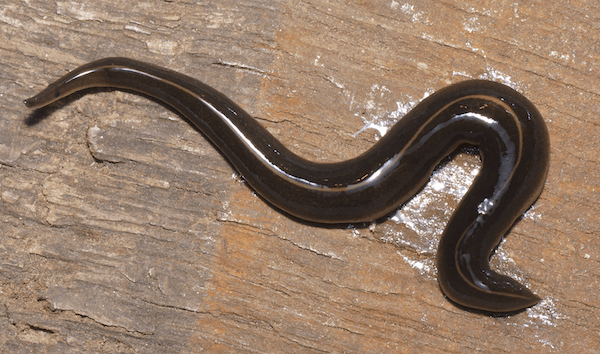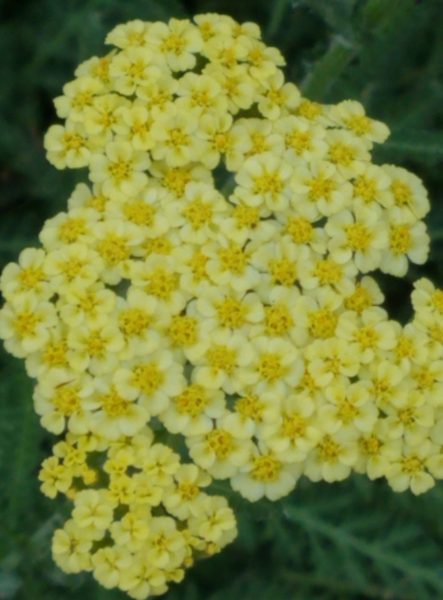
Yarrow 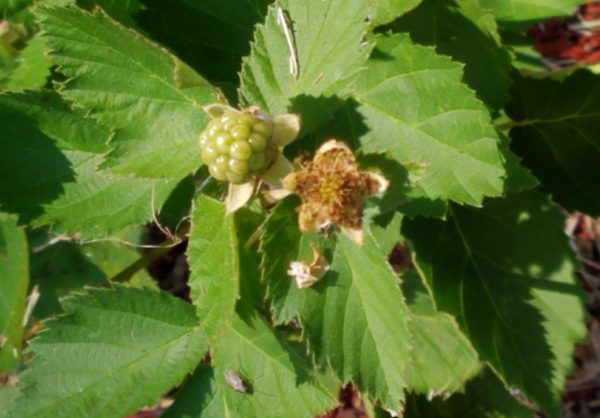
Promise of blackberries 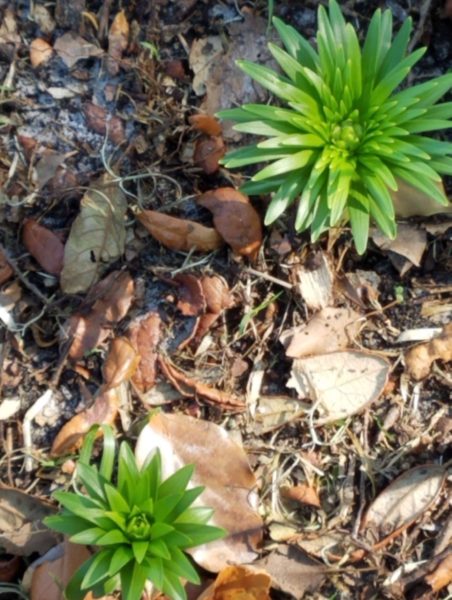
Lilly shoots 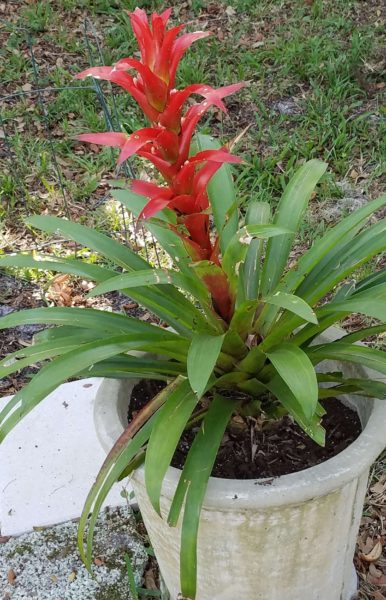
Bromeliad bloom 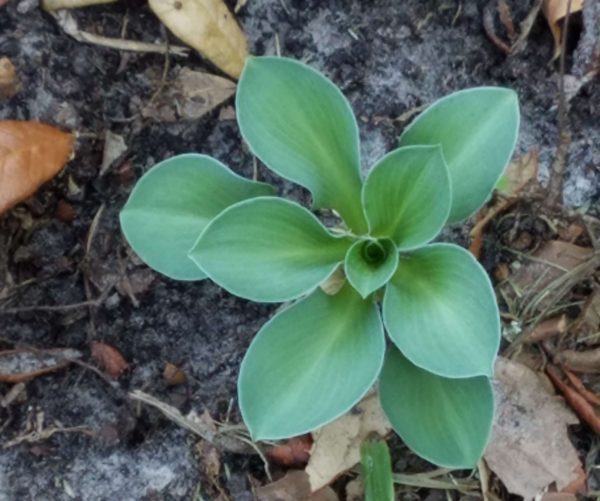
Baby hosta
Posts tagged gardening
Garden documentation
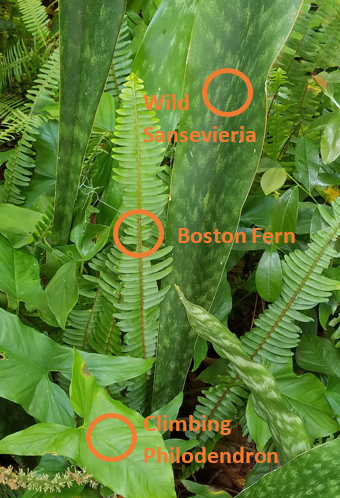
identifying the forest floor 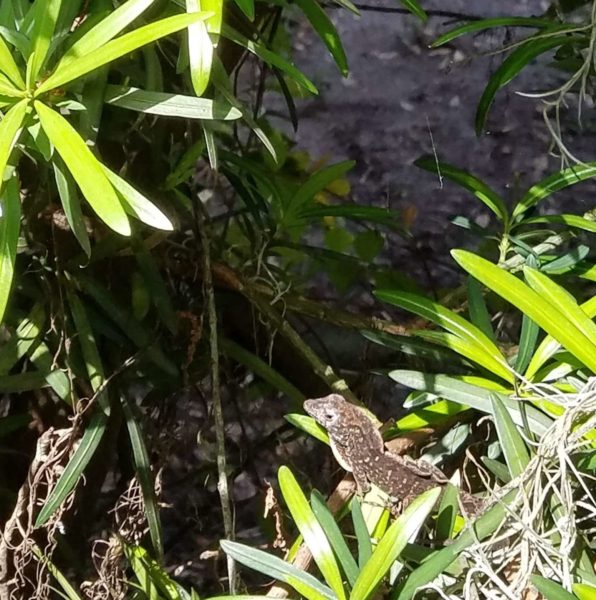
brown anole photo bomb 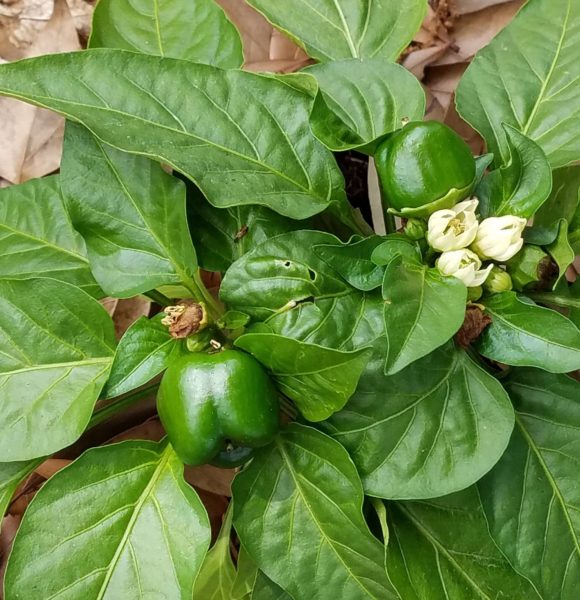
promise of peppers 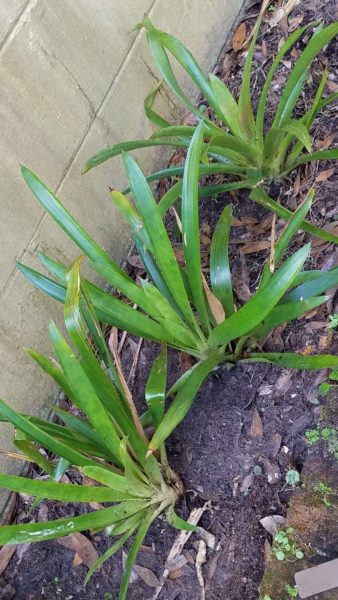
bromeliad pups 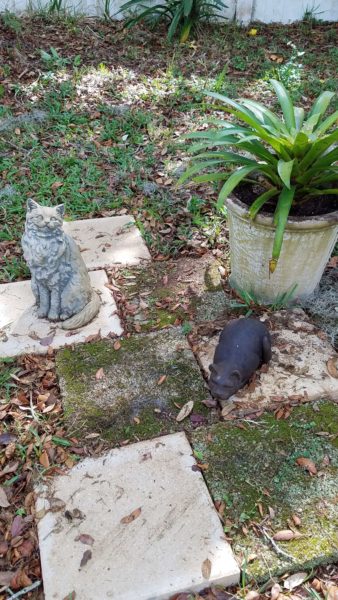
kitty shrine with bromeliad
Early Pineapples
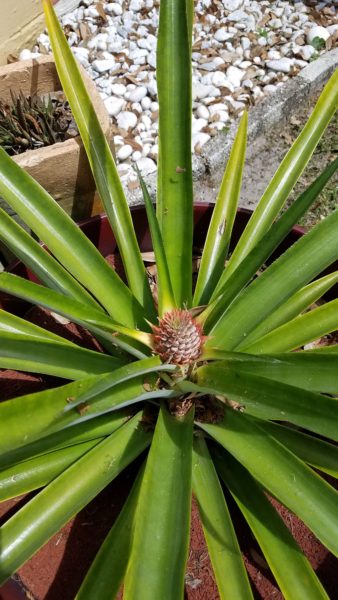
And I’m not talking early in the season, because they are right on time. With a little more rain than usual during the winter, their flowering did not get delayed like last year. No, my early pineapples are first year bloomers!
I swear I am not going crazy. The pineapple plants that came with the house have quadrupled in number over the years and I feel I have gained quite a bit of experience with them. In the past years, whether planting tops or pups, each plant would take about two years before it bloomed
That is not what is happening this year. I have a pretty decent number of two year old plants that are pushing their cone shaped flowers into the air. In addition to this I have at least three one year old plants (one pictured) that are doing the same.
We have 12 blooming pineapples at the moment! Thankfully at slightly different stages of development. I have been attempting population control, but I might have to set up a produce stand by the road!
Spring sprung
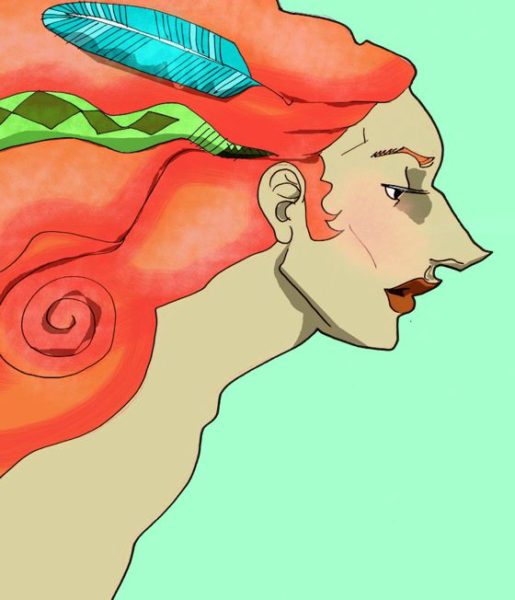
it is springing all over the place in my yards and I have a renewed obsession with documenting all I find. you are forewarned…more yard to come.
Unexpected Consequence of Compost
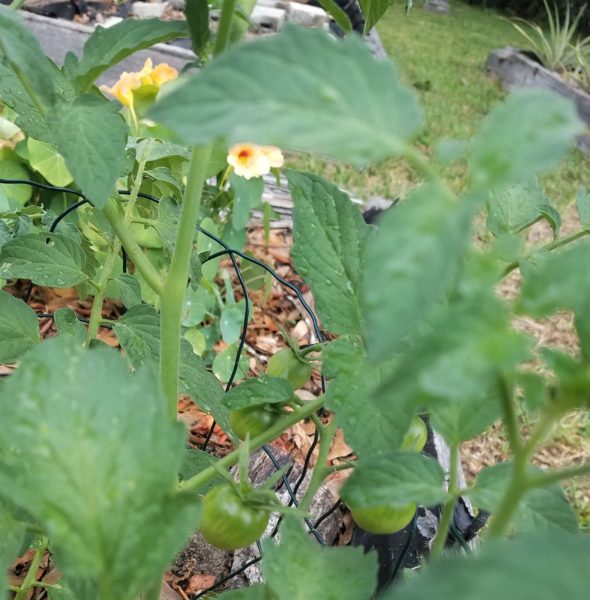
This year, I was determined. I was going to direct sow seeds into the garden beds in my back yard and grow something. I watered them every day and was rewarded, after an inordinately long time, with tiny little sprouty things. I planted nasturtiums, lemon balm, and lemon grass. I received nasturtiums and tomatoes.
Pretty amazing, right? Almost magic. After some head scratching and wondering if the seed company had somehow got it hilariously wrong I realized something. Besides the lemon balm and lemon grass seeds that didn’t sprout, I had unwittingly sown tomato seeds into the bed fresh from the compost heap I raided to amend the dirt.
I have fuzzy memories of watching a Martha Stewart episode, or some such, that talked about how to harvest tomato seeds for your own garden and it involved rotting the gelatinous protective shell of the seeds before they could be planted. Well, in a compost heap this happens naturally right? Now, I’m just as lazy a composter as I am a gardener, so I’m probably not doing something right, like creating an environment where a lot of heat is generated. I just throw fruit and vegetable waste on the heap and cover it with the leaves and grass clippings that are also on the heap. Nature does the rest. So now, I am half expecting random tomatoes in every amended bed. It adds some randomness.
Peanuts
I want to take a moment to be thankful for peanuts. They are my breakfast sometimes. They are the perfect way to stave off sugar lows and hunger pains. They are vitamin rich and high in protein and have been shown to help protect against heart disease, alleviate the effects of diabetes, reduce inflammation and protect against colon cancer. And they are in our lives today because of the work of just one man: George Washington Carver. He changed agriculture in the south by encouraging the cultivation of alternate crops like peanuts and sweet potatoes instead of cotton.
He designed a mobile classroom for his course at the Tuskegee Institute’s Agriculture Department, and became famous and admired for his work. He also came up with 105 recipes for peanuts in his agricultural bulletin.
He could have added fortune to fame, but caring for neither, he found happiness and honor in being helpful to the world.
2016 Pineapple harvest
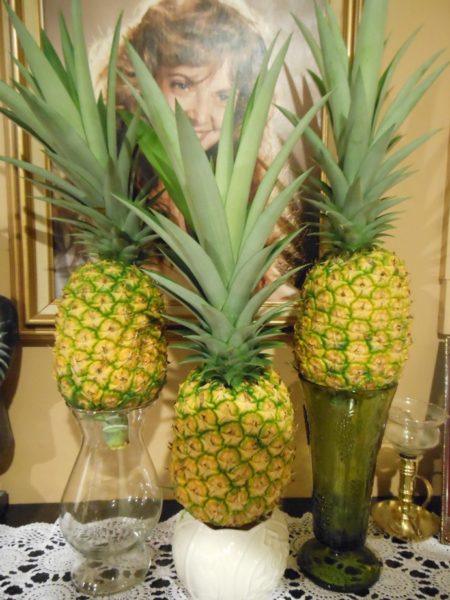
One step closer to pineapple
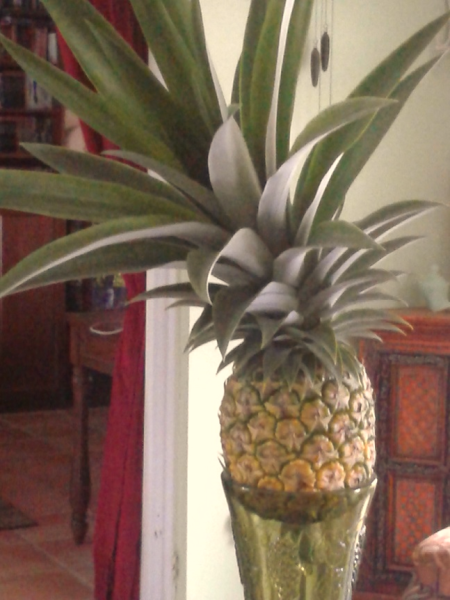
We brought the pineapple in this weekend based on recommendations I had read to harvest it when it was 1/3 yellow and then allow it to ripen the rest of the way inside. I think this is primarily to make sure that we get to eat it, not the raccoons in the area. It’s more baby plant than fruit, but hopefully it will be good.
Highly invasive New Guinea flatworm spotted in Florida
The more hours I spend in my yards the more I am becoming very aware and sensitive to how the native flora and fauna interplay. I’ve tried to be careful to avoid plants termed invasive (even if they are sold by home stores to the home-owner gardener).
Beyond being alarmed by a newly spotted, highly invasive, transplant, this thing just ticks all my squeamish boxes (and I am a lot less squeamish after playing in the dirt every weekend). This thing can climb trees!
Source: Highly invasive New Guinea flatworm spotted in U.S. – Boing Boing
Wildflowers
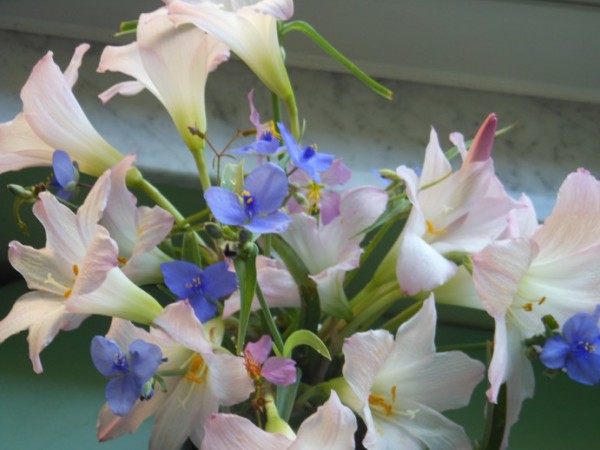
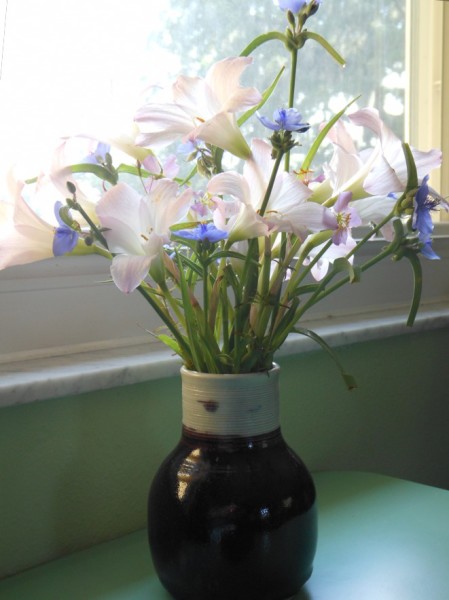
It is Summer in full blast here, but before Spring let go – not long ago- I was running out in advance of the lawn-mower every weekend to collect the wildflowers that kept popping up in the middle of the back yard. This is one day’s harvest; and they lasted longer than I expected them to.
I’m all about identification, so I looked them all up. I had been calling the blue ones irises, but really they are Common Spiderwort. The pink, trumpet shaped flowers would spring up within a day or two of a fresh mow and wave about a foot above the grass. They are Rain Lily, and are, apparently, attached to bulbs that will sprout new flowers every year. They also spread by seed. Next year I think I am going to grow our rain lily patch. The tiny pink flowers, Meadow Beauty, are still going strong on the water’s edge along with some other crazy grasses that grow in ground too wet to mow over.
Roses
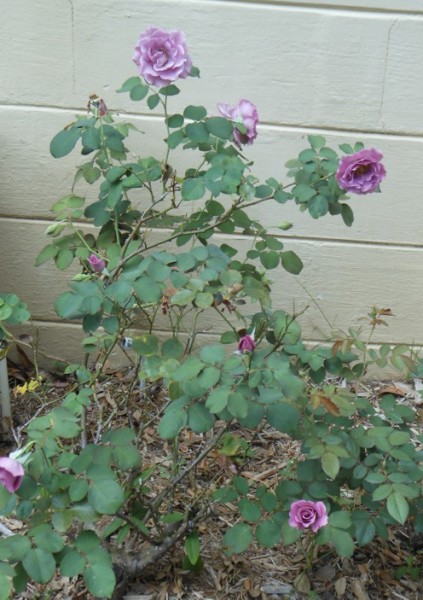
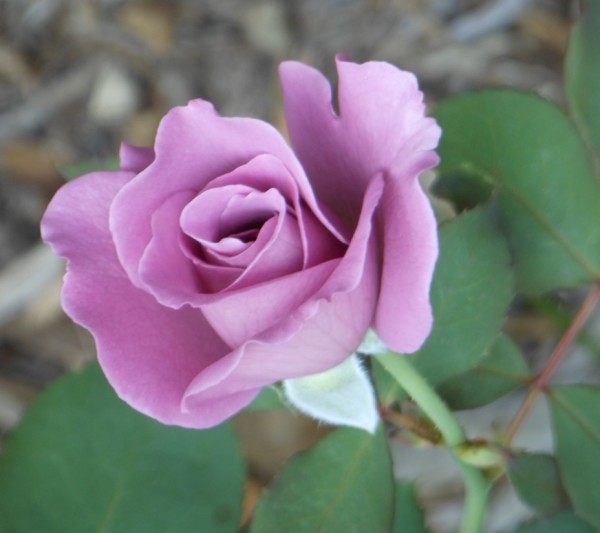
Proof of pineapple
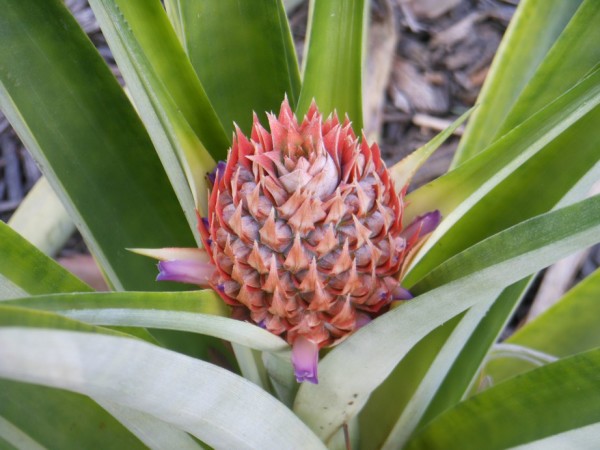
I finally have definitive proof the humongous spiky plants we moved in the back yard are actually pineapples!
Profile of a weed
 My garden nemesis: Spanish needle, AKA Bidens alba, Shepherd’s needles, beggarticks, or butterfly needles. It can grow 5 feet tall, and spreads wide along the ground where it can. This makes it especially hard to get to the root of the things when you are pulling weeds from around and under other plants.
My garden nemesis: Spanish needle, AKA Bidens alba, Shepherd’s needles, beggarticks, or butterfly needles. It can grow 5 feet tall, and spreads wide along the ground where it can. This makes it especially hard to get to the root of the things when you are pulling weeds from around and under other plants.
Why do I wage war against this plant when I have given a flower bed over to the wild vinca? When I have nodded my head at the, now huge, milkweed in my side yard? Spanish needle is supposedly edible, feeds bees and butterflies and has medicinal values. Surely that would compare to the simple, pretty, and easy to control nature of the vinca, or the fact that the milkweed is the only food of the monarch butterfly caterpillar. Yet I cannot make peace with the Spanish needle.
Mostly it’s because of the seeds: 1/2 inch little black needles that thread themselves through my clothes and scratch my skin. Each plant can produce 1200 seeds. After that, it’s the virulent way it spreads, sucking nutrients and choking every other plant in the yard.
But I must admit, it’s defense mechanisms and sneakiness are impressive. I often find it growing as close to the base of another plant as possible – long established plants, so I know it is not simply my hapless sowing of weed seeds as I am planting. It also sacrifices limbs like a lizard will sacrifice it’s tail. Though relatively sturdy and thick, the stems of Spanish needle will break away easily, leaving the tap root and other spreading roots to recover and re-sprout.
And, I swear that the new leaves of a Spanish needle can often look like those of the plants next to it. I’m getting better at spotting them, so maybe this was a learning curve for me. Maybe it’s all in my head, but it still throws me for a loop some times.
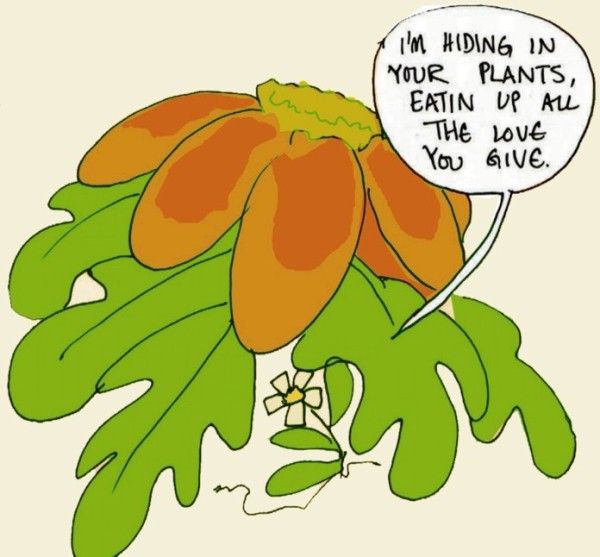
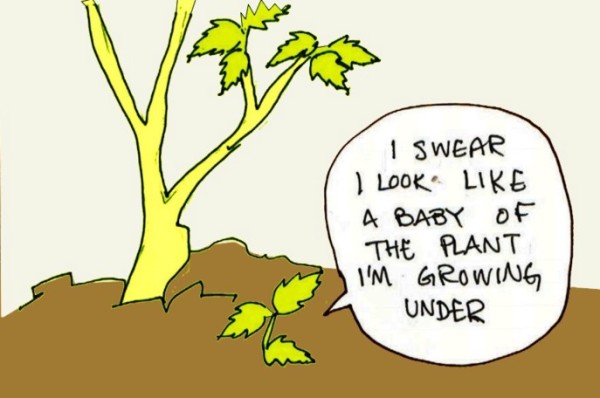
They really were camellias
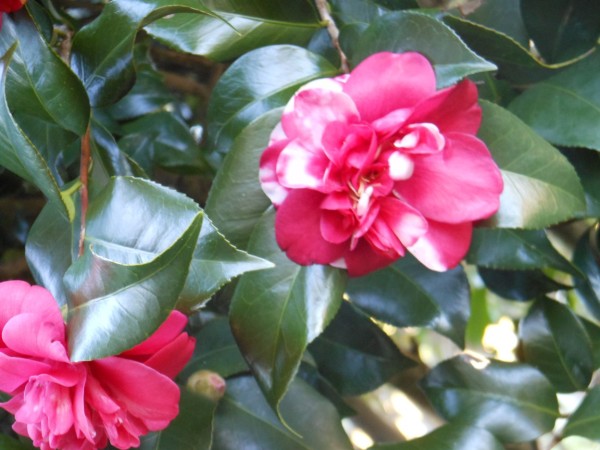
Part of taking possession of a house, for me, is figuring out where and what everything is. That includes identifying all the plants and trees, and learning how to best care for them.
I was channeling middle school biology class looking at pictures of leaves and determining whether they were ovate or pinnate. Everything is so much easier when you have a flower to look at, but it wasn’t going to be that easy for me.
The first challenge were the two thin, vase-like ornamental trees in front. I thought, “they’re like crepe myrtle but there are no flowers; all the other crepe myrtle in town are blooming.” Two or three weeks later, they bloomed, and my suspicions were confirmed. Though, why they took their time is still a mystery.
The next was the flowerless, leather-leafed bush in back. It was especially difficult to track down but eventually I figured it might be a camellia. I would have to wait until it bloomed to tell for sure, and last week, it did just that.
Camellia, also known as the rose of winter, is an evergreen shrub native to China, Japan, Taiwan and South Korea. It flowers in late fall, when so many other shrubs and perennials have gone dormant, even in Florida.
Gardening finds
 I found a small statue of St. Joseph in my front garden. Other than a disem-housed toy chimney, it is the only garden discovery I have made that is not building materials. Not immediately recognizing it, and being raised with more of the mezuzah tradition than that of the catholic saints, I had a strong inclination to put it back. I decided to clean it up and research first.
I found a small statue of St. Joseph in my front garden. Other than a disem-housed toy chimney, it is the only garden discovery I have made that is not building materials. Not immediately recognizing it, and being raised with more of the mezuzah tradition than that of the catholic saints, I had a strong inclination to put it back. I decided to clean it up and research first.
What I found is that St. Joseph, in addition to being a patron saint for families, parents and working people, is also the patron saint for home buyers and sellers. Burying a small figurine of St. Joseph upside down and facing the house will help your house to sell. You should remember where you put him, so you can retrieve him once the selling is over and give him a good place in your new house (oops to the previous owners). Since we are so happy to have found our house, we’ve given him a good place in ours.
The Catholic Supply Company has a few variations on the St. Joseph home selling kit, the one pictured is the figurine found in our garden.

